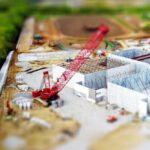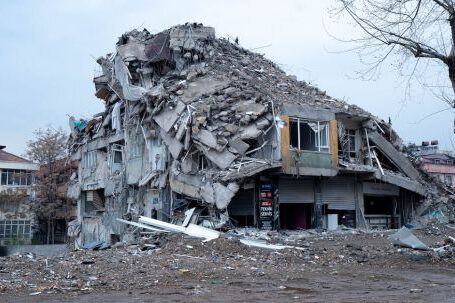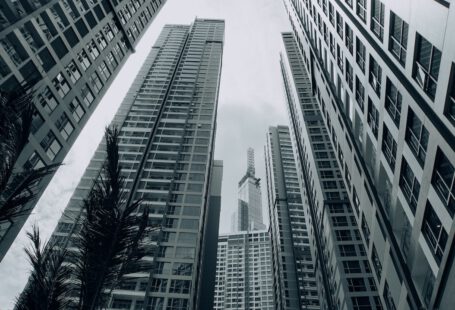The construction industry is the backbone of the British economy – its success is reflected in the country’s infrastructure and housing. The challenge of vertical transportation, however, presents a unique set of challenges. Lifts in construction can be a complex process, requiring careful consideration of the design, installation and maintenance of the equipment. Fortunately, there are a number of solutions available to help overcome these challenges.
Design Considerations
The design of a lift is critical for its success, and there are a number of elements that need to be taken into account. The size and weight of the lift must be considered in relation to the available space, as well as the type of construction material – such as concrete or steel – that is used. It’s also important to consider the type of lift – whether it is a hydraulic lift, a traction lift or an electric lift – as this will affect the power requirements and installation process.
Installation Process
Once the design has been finalised, the installation process can begin. This is a complex and time-consuming process, as the lift must be correctly connected to the building’s electrical and mechanical systems. The installation must also adhere to strict safety regulations, which means that the lift must be tested and certified before it can be used.
Maintenance Requirements
To ensure the safe and efficient operation of the lift, regular maintenance is essential. This includes regular servicing of the equipment, as well as ensuring that the safety systems are working correctly. The type of maintenance required will depend on the type of lift and the frequency of its use.
Advantages of Lifts in Construction
Despite the challenges associated with lifts in construction, there are a number of advantages that make them a worthwhile investment. For example, they can save time and money by allowing workers to travel quickly between floors. They can also increase the safety of the building by providing a secure means of transportation between floors. Finally, they can also improve the aesthetic of the building, as they can be designed to blend in with the overall look and feel of the structure.
Conclusion
Lifts in construction can be a complex and challenging process, but they can also be a valuable asset. By carefully considering the design, installation and maintenance of the lift, it is possible to overcome the challenges associated with vertical transportation. This can result in a more efficient, cost-effective and safe transportation system for the building.






